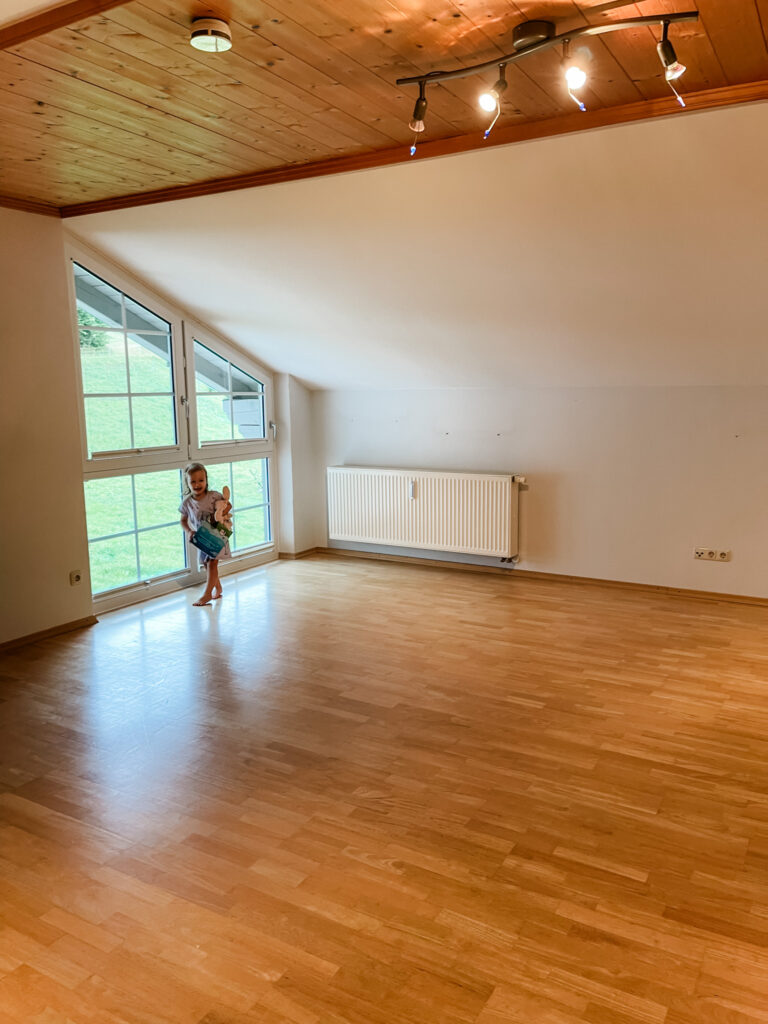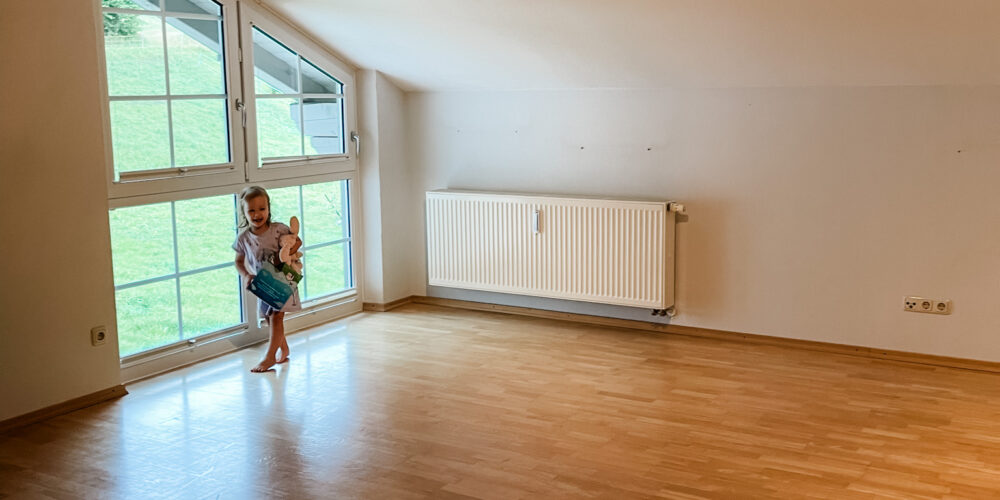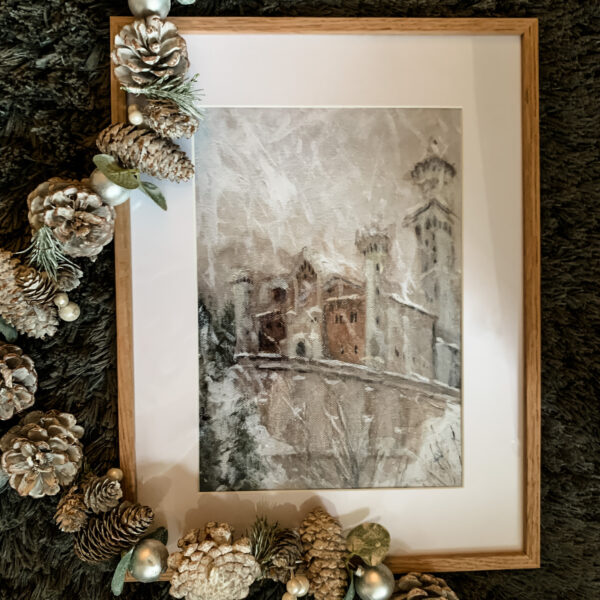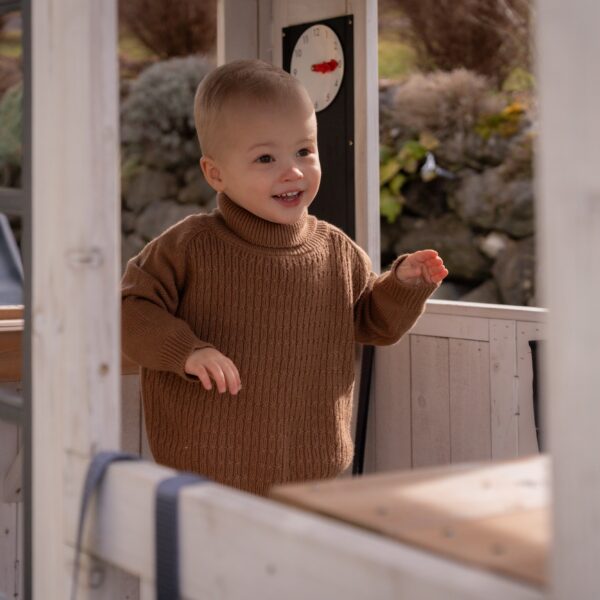Wood floors are one of those features people instantly notice. They bring warmth, texture, and quality to any room. But if you’ve lived with them for a while, you know good looks don’t last alone. A little dirt here, a small scratch there, and they add up faster than most expect. And while cleaning helps, there’s more to long-term care than just sweeping up dust.
Whether you’ve had your floors for years or just moved into a place with them, knowing how to care for them properly makes all the difference. In the sections ahead, you’ll find simple, practical tips that can help your floors stay beautiful, strong, and ready for whatever daily life brings. So, keep reading to the end!

Understanding the Lifespan of Wood Flooring
Wood flooring is known for its durability, but not all wood floors are the same. Solid hardwood, when well cared for, can last a lifetime—often 80 years or more. Engineered wood doesn’t go as far, but it can still last several decades if maintained properly.
That’s not all. Several things affect how long wood floors last. Foot traffic, indoor humidity, cleaning habits, and sunlight all play a role. That is why flooring experts often point out that refinishing makes a big difference. A solid wood floor can be sanded and refinished multiple times, giving it a second life when it starts to look worn.
Knowing this helps set realistic expectations. If you take care of your floor from the start, it will return the favor.
Daily and Weekly Habits That Help
You don’t need a complicated routine to protect your floors. The key is consistency. Sweeping or vacuuming a few times a week keeps dirt and grit from scratching the surface. Over time, even small particles can wear down the finish.
Use a vacuum without a beater bar or a soft broom to prevent damage. For mopping, skip the soaking wet approach. A slightly damp microfiber mop paired with a wood-safe cleaner is enough. Avoid steam mops, as too much moisture can lead to warping.
This kind of regular cleaning doesn’t take long, but it makes a big difference in how your floor holds up.
Guarding Against Furniture and Daily Wear
Furniture can take a toll on wood floors, especially in high-use areas. Dragging a chair or pushing a couch without protection leads to deep scratches. To prevent this, add felt pads to the legs of tables, chairs, and heavy pieces. They’re affordable, easy to find, and can be replaced.
In entryways or areas with constant movement, consider using rugs. They trap dirt and reduce friction from shoes. Just make sure they have a non-slip backing that won’t stick to or damage the floor.
Moving your furniture around once in a while also helps. It prevents uneven fading from sunlight and spreads out wear across the surface.
Managing Moisture and Indoor Climate
Wood responds to the air around it. Too much moisture makes it expand. Too little causes it to shrink and crack. That’s why keeping the indoor climate stable is one of the most important steps you can take.
Aim to keep indoor humidity between 30% and 50%. In dry seasons, using a humidifier helps. In damp weather, a dehumidifier may be necessary. This keeps the wood from swelling or pulling apart at the seams.
Temperature also matters. Avoid sudden shifts by keeping heating and cooling consistent. These steps reduce stress on the material and help maintain the floor’s shape and appearance over time.
Keep Window Exposure in Check
Direct sunlight can fade wood floors over time. What many people don’t realize is that even indoor lighting and reflected UV rays can cause uneven color change. For homes, it helps to use curtains or blinds during the brightest hours of the day. In commercial properties with large glass windows, consider adding UV-filtering films or solar shades.
Another simple option is to rotate rugs or furniture that sit in sunlit areas so the floor tones stay more consistent.
These small adjustments help your flooring age evenly, which is important if you ever refinish or replace a section later on.
Final Thoughts
Wood floors aren’t just attractive. They’re long-lasting, dependable, and add real value to a home. But that value holds only when you take care of them. So, pay attention to changes, stay ahead of damage, and know when to get expert help.
The time you spend maintaining your floors now pays off in the long run, keeping them strong, clean, and beautiful well into the future.









Leave a Reply